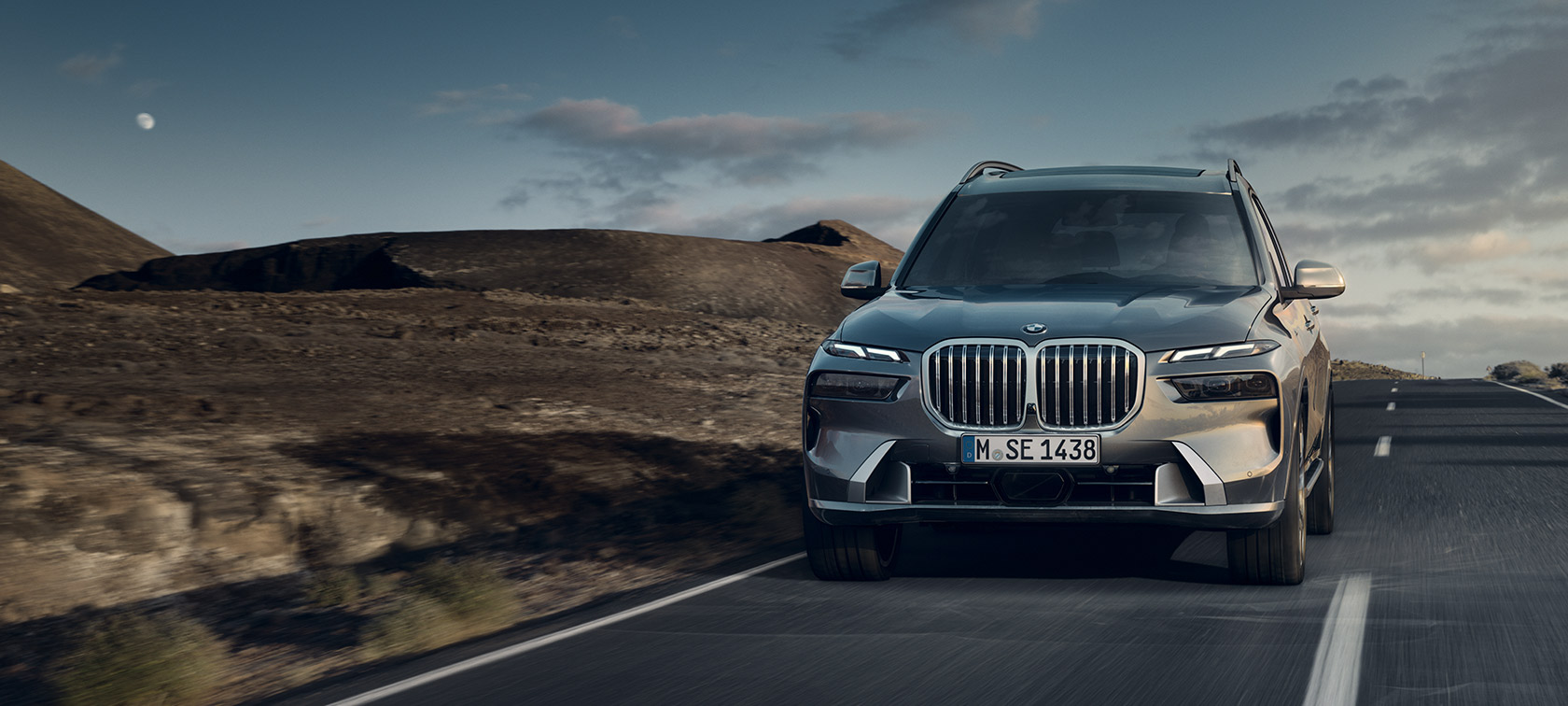In the world of automotive luxury, rear-seat comfort has become an increasingly important consideration for consumers. While sedans, particularly luxury models, have traditionally been the benchmark for a refined, comfortable passenger experience, SUVs are quickly catching up—some even surpassing these sedans in terms of rear-seat comfort and amenities.
For families, long road trips, or anyone who spends significant time in the backseat, an SUV with luxurious rear seating can transform the journey into an experience of relaxation and ease. As SUVs become more versatile and refined, manufacturers have taken great care to ensure that rear passengers enjoy just as much comfort and sophistication as those in the front row.
In this article, we’ll explore the 5 SUVs that truly elevate rear-seat comfort, providing a passenger experience that rivals, and in some cases, exceeds, that of high-end sedans. These vehicles have been meticulously designed to ensure that the rear seating area isn’t just an afterthought but an essential part of the driving experience.
Features such as premium materials, generous legroom, advanced climate controls, massage options, and superior ride quality come together to offer a rear-seat environment that’s second to none. Vehicles like the Mercedes-Benz GLS-Class, BMW X7, and Audi Q7 are setting new standards in luxury SUVs by offering rear-seat accommodations that redefine comfort and luxury.
On the flip side, there are also SUVs on the market that, despite their appeal, disappoint when it comes to rear-seat comfort. These models, although they may shine in other areas such as performance, technology, or practicality, fail to deliver the level of comfort expected in vehicles at their price point. In some cases, rear-seat passengers may find themselves dealing with stiff, uncomfortable seating, cramped spaces, and a lack of high-end amenities.
Whether it’s a lack of adjustability, insufficient legroom, or a bumpy ride, these SUVs fall short of providing the luxurious experience that many consumers anticipate. Models like the Jeep Grand Cherokee, Toyota 4Runner, and Ford Explorer, while excellent in other regards, leave much to be desired when it comes to rear-seat accommodations.
This article aims to give readers an in-depth look at the rear-seat comfort of both the best and worst contenders in the SUV market. Whether you’re considering upgrading to a more luxurious SUV or simply want to know which models are worth avoiding for rear-seat comfort, this comprehensive guide will help you make an informed decision.
After all, when it comes to selecting a new vehicle, comfort in the rear seat is just as important as the driving experience itself, especially for those who often find themselves riding in the back.
Also Read: 10 Cars That Let You Install 3 Car Seats Across Safely
5 SUVs with Rear Seats Better Than Luxury Sedans
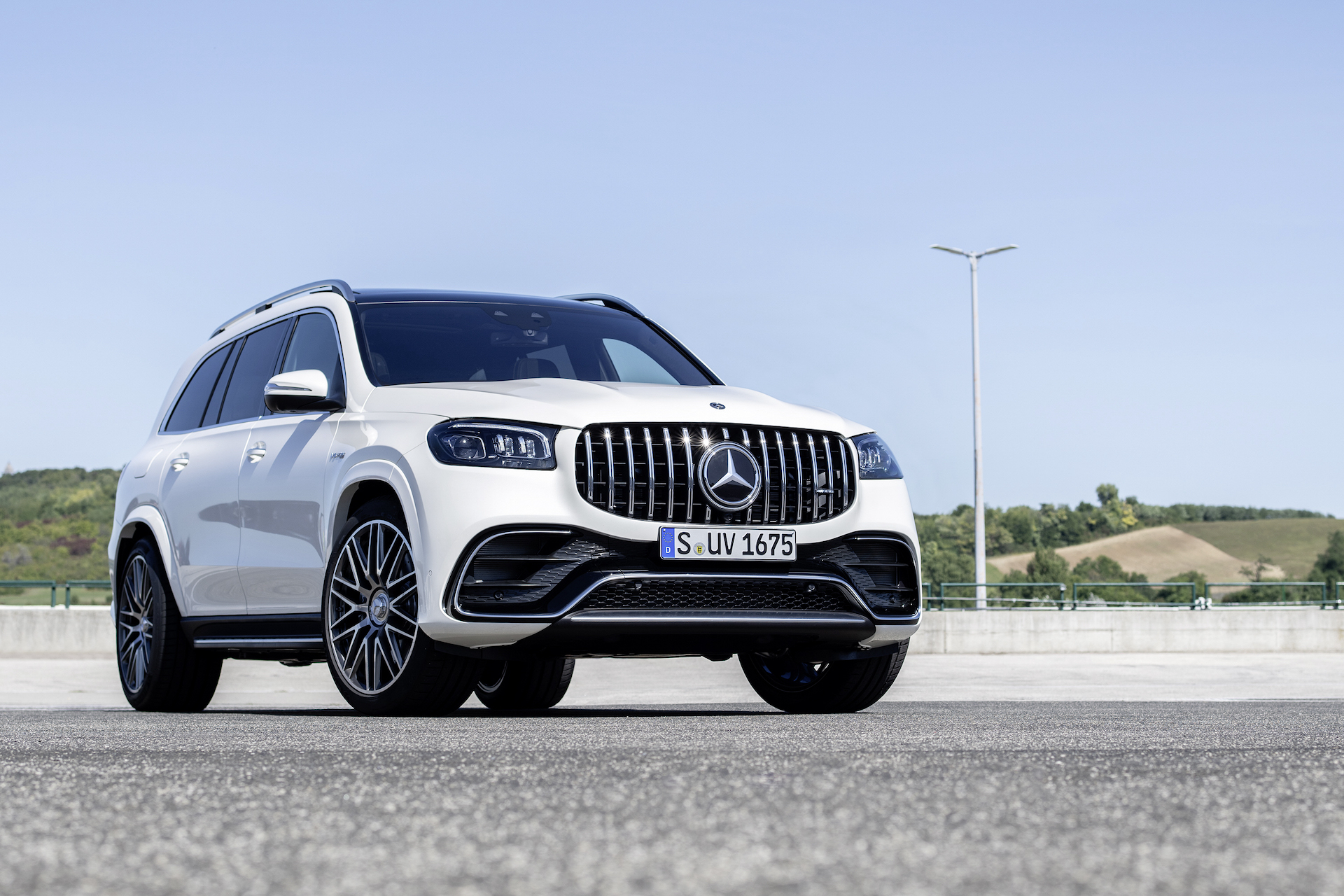
1. Mercedes-Benz GLS-Class
The Mercedes-Benz GLS-Class stands as the epitome of luxury and comfort in the SUV segment, with rear seats that are so refined, they challenge even the most exclusive luxury sedans. Often dubbed the “S-Class of SUVs,” the GLS-Class delivers a rear-seat experience that exceeds expectations.
The second-row passengers are treated to a vast amount of space, with both legroom and headroom that are generous even for taller individuals. The seats themselves are exceptionally comfortable, upholstered in premium leather with soft-touch materials that surround you in a cocoon of luxury. The upholstery is complemented by elegant wood trims and metal accents, further elevating the ambiance.
The ride quality in the GLS-Class also plays a significant role in the rear-seat experience. Thanks to the advanced air suspension system, the vehicle glides over rough terrain or city streets, providing a serene and smooth ride that feels akin to being transported in a high-end sedan.
The customization options for the rear seats are numerous, allowing for different configurations depending on your preferences. The seats can be reclined for additional comfort, offering a near-lounge-like feel. In higher trims, passengers can enjoy massage functions in the second row, adding another layer of luxury that’s rarely seen outside of high-end sedans.
Mercedes-Benz also includes an optional rear-seat entertainment system with large screens and intuitive controls, ensuring that passengers are entertained during long journeys. Additionally, the GLS-Class boasts multi-zone climate control, with rear passengers having the ability to independently adjust their temperature settings for a personalized experience.
From a comfort standpoint, the GLS-Class doesn’t just compete with sedans; it outshines many of them. Its rear seats offer an expansive, feature-rich experience that makes long-distance travel more enjoyable than in many luxury sedans.
In terms of quietness and cabin isolation, the GLS-Class delivers a premium experience thanks to the exceptional sound insulation and noise reduction technology that Mercedes-Benz has incorporated into the design. The vehicle’s cabin is remarkably quiet, allowing passengers to have conversations without being disturbed by road noise or engine sound.
This level of quietness is typically reserved for high-end sedans, and it makes the rear seats feel even more serene. Whether cruising on the highway or maneuvering through urban environments, the GLS-Class ensures that rear-seat passengers are treated to a tranquil, peaceful environment, making it a standout among luxury SUVs when it comes to rear-seat comfort.
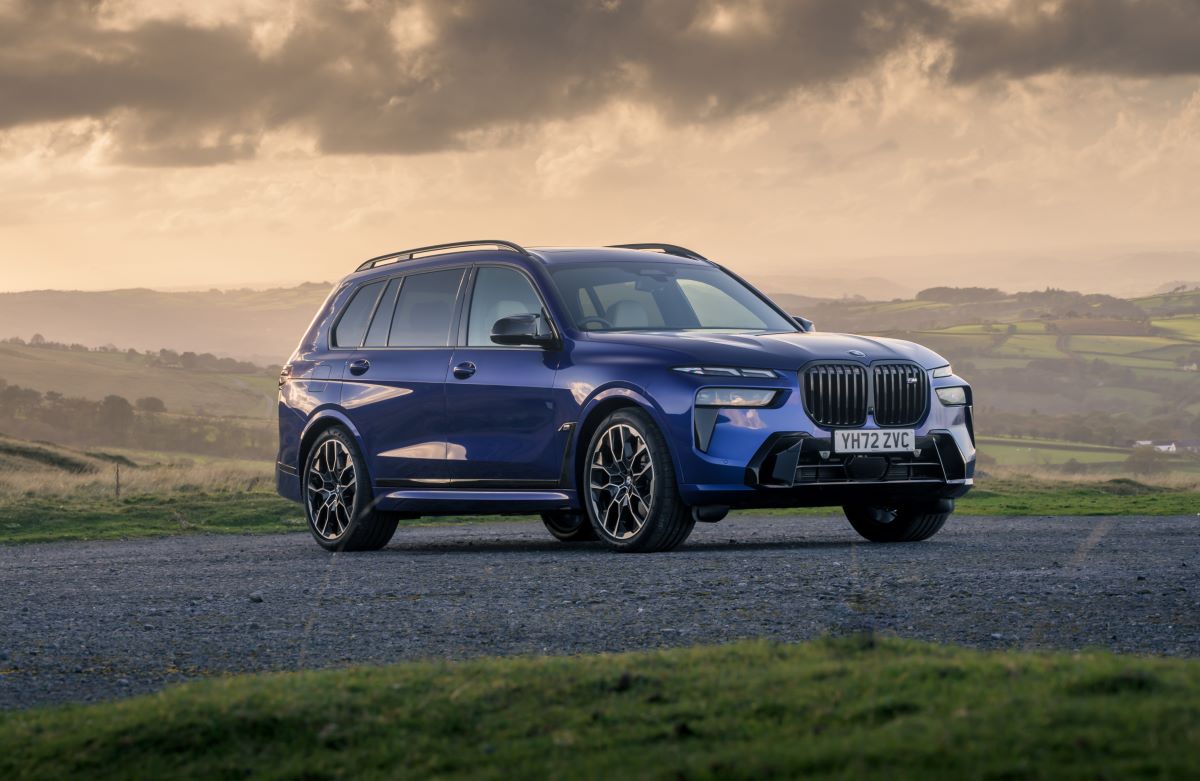
2. BMW X7
The BMW X7, a full-size luxury SUV, has been engineered with one goal in mind: to offer the best possible experience for both the driver and passengers. When it comes to rear-seat comfort, the X7 does not disappoint. The second-row seats are spacious, offering an impressive amount of legroom and headroom, even for taller individuals.
These seats are not only roomy but also incredibly supportive, making the X7 a great option for those who plan to take long road trips with rear-seat passengers. The seats themselves are wrapped in high-quality leather, with options for ventilated and heated seats, allowing for year-round comfort. In higher trims, rear-seat passengers can also enjoy massaging functions, a luxury feature that’s often reserved for the most exclusive sedans.
The X7 also offers the option of captain’s chairs in the second row, which significantly enhances the comfort of the passengers. These seats provide more space between the two individual seats, which can be particularly useful for passengers who prefer more personal space or those who need to access the third-row seats.
Additionally, the air suspension system ensures a smooth and refined ride, even over rough surfaces. The suspension system isolates rear passengers from any bumps or jolts, providing a much smoother and more comfortable ride than many luxury sedans, even when driving on uneven or bumpy roads. When combined with the vehicle’s advanced noise-insulating materials, this air suspension provides an experience that rivals, and often exceeds, that of many luxury sedans.
The rear-seat entertainment system available in the BMW X7 takes in-car entertainment to another level. The large screens mounted on the backs of the front seats provide passengers with access to entertainment, navigation, and media options, keeping them occupied during long drives.
In terms of interior appointments, the X7’s rear seats are designed with the utmost attention to detail, featuring wood accents, soft-touch materials, and advanced technology. This level of refinement is typically found in luxury sedans but has been transferred to the rear rows of the X7, making it a standout in the luxury SUV category.
Additionally, the BMW X7 offers multi-zone climate control, allowing rear passengers to have full control over their own temperature settings. This ensures that everyone in the back row can stay comfortable, regardless of the external weather conditions.
The rear-seat experience in the X7, with its combination of space, comfort, and technology, truly makes it an excellent alternative to luxury sedans, especially for those who need extra space but don’t want to compromise on luxury and refinement.
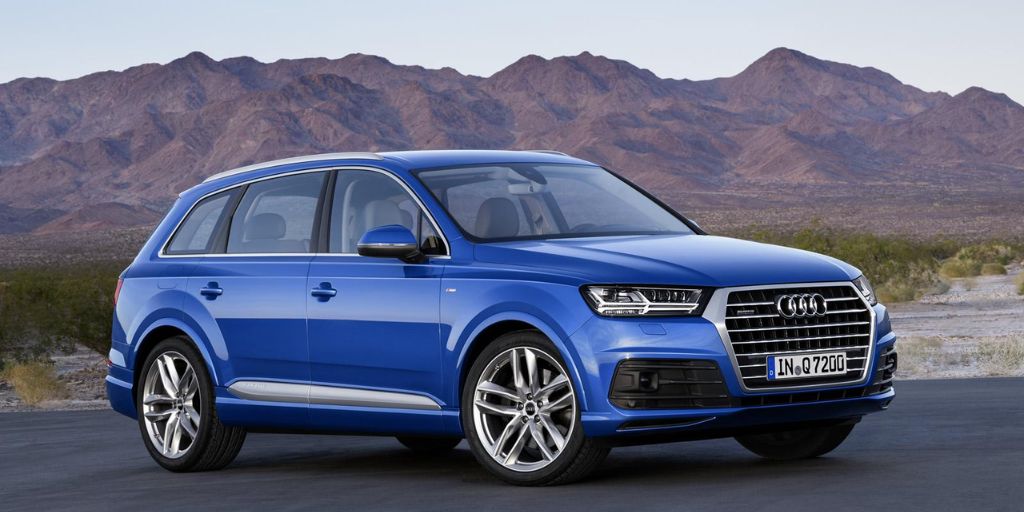
3. Audi Q7
The Audi Q7 offers an exceptional balance of luxury, comfort, and practicality, with rear seats that stand out in comparison to many luxury sedans. While the Q7 offers three rows of seats, it’s the second-row accommodations that truly impress.
The second-row seats are not only spacious but also offer excellent support, making long drives a pleasant experience for rear passengers. Whether you’re sitting in the second-row bench or the optional captain’s chairs, the Q7 delivers an extraordinary level of comfort. The seats are upholstered in premium leather, and the materials used throughout the cabin give it an upscale feel that rivals even the best luxury sedans.
One of the standout features of the Q7’s rear seats is their flexibility. The second-row seats can slide forward and backward, offering a customizable seating configuration that allows rear passengers to choose their ideal amount of legroom. Additionally, the Q7 offers an advanced air suspension system, which delivers a smooth and comfortable ride even over rough road surfaces.
This system allows the Q7 to glide effortlessly over bumps and potholes, creating a ride quality that is far superior to many luxury sedans. Furthermore, the Q7’s interior is well-insulated, providing rear passengers with a quiet, serene environment that ensures they can enjoy a peaceful ride, whether on a long road trip or during a quick errand run.
The Q7 also provides rear-seat passengers with their own climate control system, giving them the ability to adjust the temperature to their personal preferences. This three-zone climate control ensures that everyone in the cabin, including rear passengers, can enjoy their ideal temperature setting.
The rear seats are also equipped with multiple USB ports and charging points, ensuring that passengers can stay connected and entertained throughout the ride. For those who value luxury and comfort in the rear cabin, the Audi Q7 is an SUV that offers an experience that’s on par with—and in some ways exceeds—many luxury sedans.
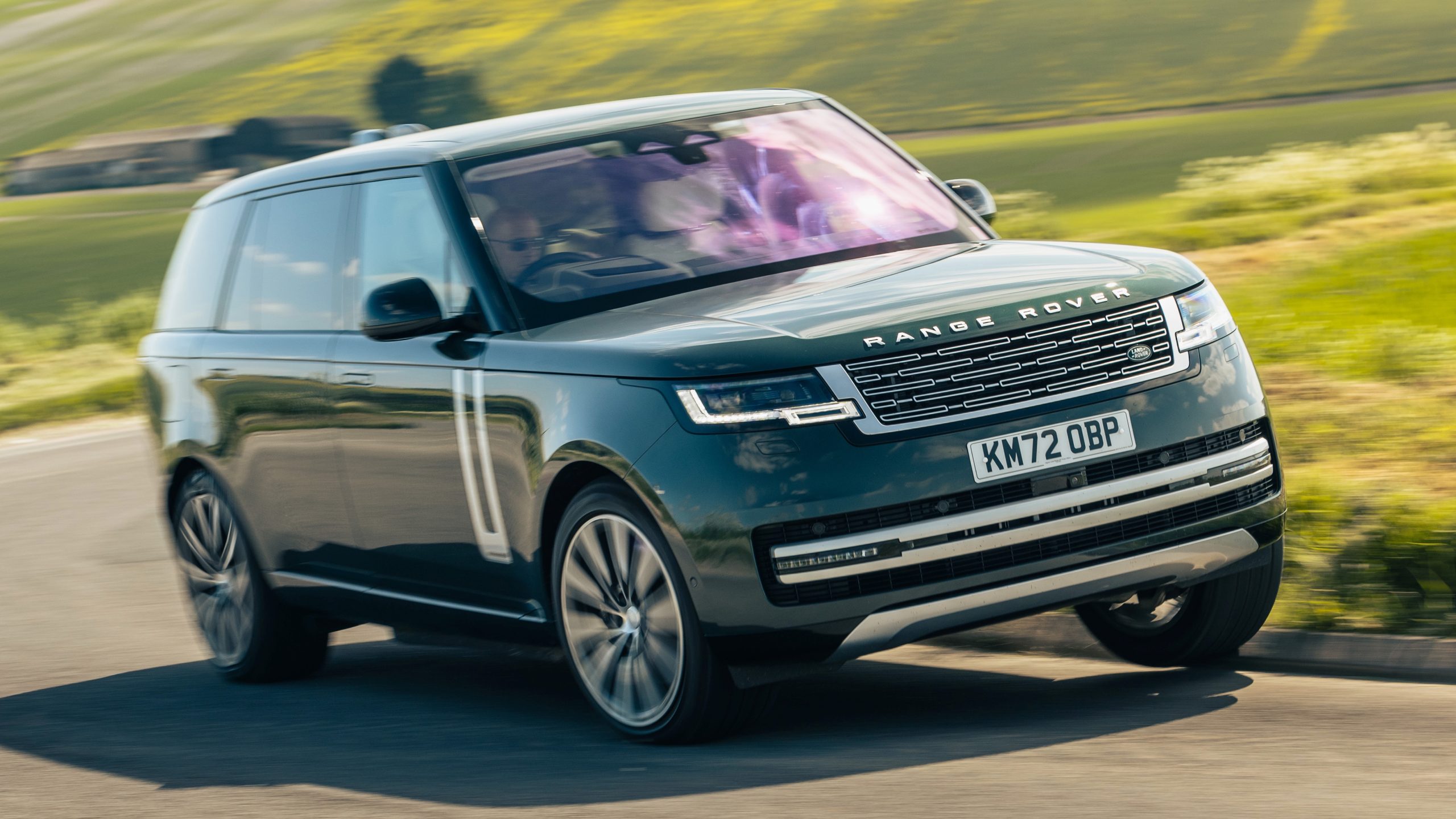
4. Land Rover Range Rover
The Land Rover Range Rover is renowned for its off-road capabilities and luxurious interior, and its rear seats embody the very essence of comfort and refinement. The Range Rover’s rear seating area is spacious, providing ample legroom and headroom for passengers, making it a great choice for those who frequently transport adults in the back.
The seats themselves are crafted from high-quality leather and feature excellent padding that provides both support and comfort, even on longer journeys. The rear seats in the Range Rover can be equipped with power adjustments, allowing passengers to find their perfect seating position.
Additionally, rear-seat passengers in the Range Rover enjoy heated and ventilated seats, which add a level of luxury that is typically found in premium sedans rather than SUVs.
The ride quality in the Range Rover is exceptional. Thanks to the air suspension system, the vehicle provides a smooth and controlled ride, which isolates passengers from the roughness of the road. This ensures that rear-seat passengers experience a serene journey, with the suspension doing an excellent job of soaking up bumps and imperfections in the road.
The Range Rover is also notably quiet, with its advanced sound-deadening technology keeping road and wind noise at bay. This makes the rear seat environment feel calm and peaceful, enhancing the luxury experience for those sitting in the back.
The Range Rover also offers numerous high-tech features to enhance the rear-seat experience. The optional rear-seat entertainment system includes large touchscreens mounted on the back of the front seats, allowing passengers to enjoy movies, music, and other content during long journeys.
Additionally, the cabin is equipped with advanced climate control and USB charging ports, making the back row just as well-equipped as the front. For anyone looking for rear-seat luxury that goes beyond what most sedans offer, the Range Rover is a remarkable option that combines both off-road prowess and premium comfort.
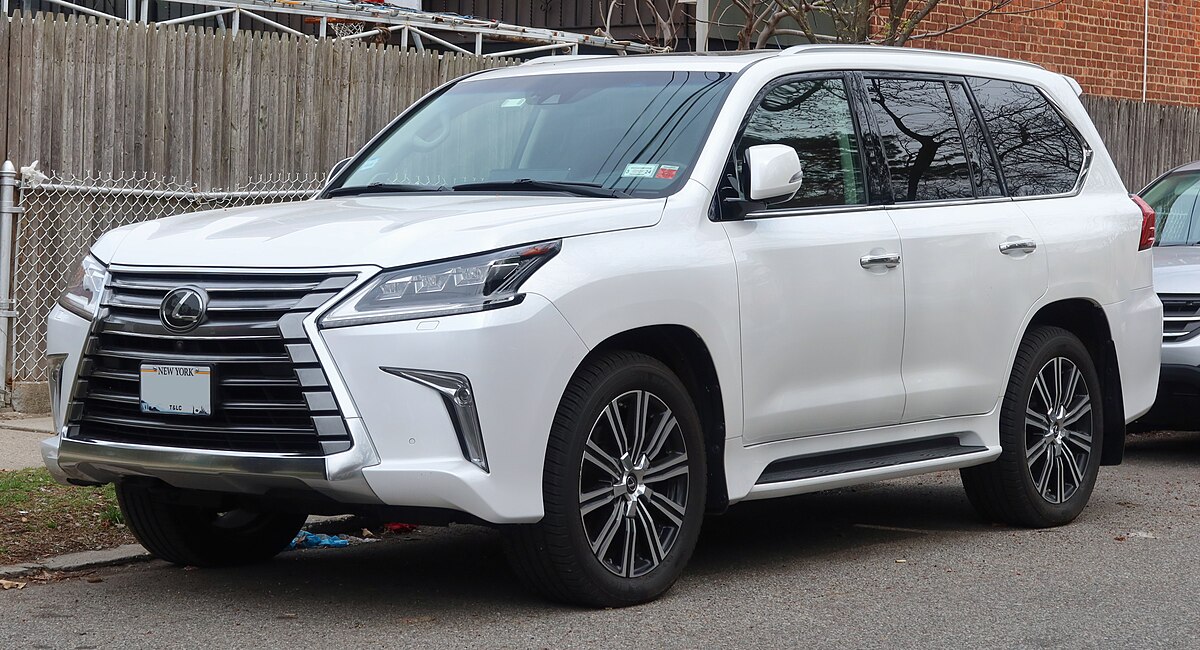
5. Lexus LX 570
The Lexus LX 570 offers a truly luxurious SUV experience, and its rear seats provide one of the most comfortable and refined environments for passengers in the luxury SUV segment. The second-row seats in the LX 570 are particularly noteworthy for their space, with generous legroom and ample headroom that accommodates even taller individuals with ease.
The seats are wrapped in soft, high-quality leather that feels rich and comfortable, and the cabin is adorned with fine wood and metal accents that contribute to the vehicle’s upscale atmosphere. Whether you’re driving on highways or tackling rough terrain, the rear seats offer exceptional comfort and support.
In terms of ride quality, the Lexus LX 570 excels with its advanced air suspension system that provides a smooth and comfortable ride, isolating rear passengers from the harshness of the road. The rear cabin is also incredibly quiet, thanks to superior sound insulation and noise reduction measures.
This makes for a peaceful and serene journey, allowing passengers to relax and enjoy the ride, whether they’re headed to a weekend getaway or embarking on a long road trip. The LX 570 also offers heated and ventilated rear seats, ensuring comfort regardless of the weather, and rear passengers can enjoy their own climate zone, which adds to the luxury experience.
For long trips, the Lexus LX 570’s rear seats can be equipped with a variety of high-tech features, including a rear-seat entertainment system with individual screens for each passenger. This makes it an excellent choice for families or anyone who wants to ensure that rear passengers remain entertained on the road. The combination of superior materials, advanced features, and exceptional ride quality makes the Lexus LX 570’s rear seats some of the best in the luxury SUV market.
5 SUVs That Disappoint with Their Rear Seats
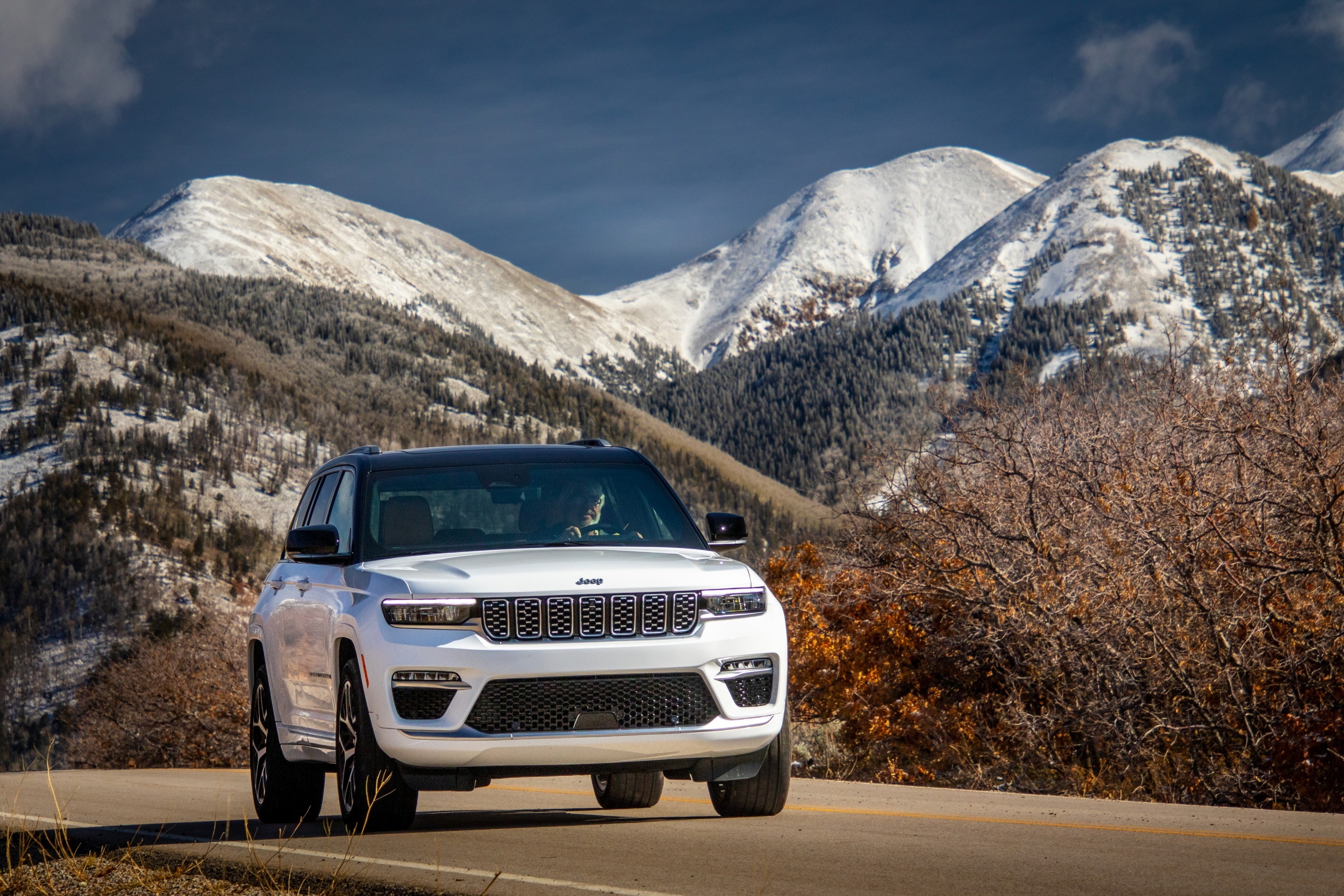
1. Jeep Grand Cherokee
The Jeep Grand Cherokee is a highly regarded SUV, particularly praised for its rugged capabilities and upscale trim options. However, when it comes to rear-seat comfort, it falls short compared to other vehicles in its class. Although the Grand Cherokee offers a respectable amount of space in the second row, the comfort level of its rear seats leaves much to be desired.
The seats are relatively firm, and while they provide basic support, they lack the level of cushioning and plushness found in many luxury sedans or higher-end SUVs. This can be problematic on longer trips where rear passengers may find themselves wishing for more comfort and softness in the seats.
Another drawback is the lack of adjustability for rear-seat passengers. Unlike many luxury vehicles, where second-row seats can recline or adjust for extra comfort, the seats in the Grand Cherokee remain in a fixed position. This lack of flexibility can make the ride feel more restrictive, especially for taller individuals or passengers who require a more relaxed seating position.
Additionally, while the cabin is quiet, road noise and vibrations are more noticeable in the rear seats, diminishing the sense of serenity that you might expect from a higher-end SUV. The ride quality, while generally decent, isn’t as refined as some of the other luxury SUVs in this category. On bumpy or rough roads, the Grand Cherokee’s rear-seat passengers can feel more jolts and bumps, which can quickly detract from the comfort level.
Moreover, the materials used in the rear seats are not as luxurious as one might expect from a high-end SUV. Many of the trims offer basic cloth upholstery, which feels more utilitarian than premium, especially when compared to the leather and fine materials used in competing models.
While leather upholstery is available in some trims, it still doesn’t offer the same softness or high-end feel found in other luxury SUVs. While the Jeep Grand Cherokee excels in other areas like off-road capability, its rear seats are a significant weak point, particularly for passengers who prioritize comfort during long drives. For those seeking a refined and relaxing experience in the back seat, the Grand Cherokee doesn’t quite live up to the expectations set by its competitors.

2. Toyota 4Runner
The Toyota 4Runner is an iconic SUV known for its rugged off-road abilities, and while it excels in many areas, its rear-seat accommodations are disappointing when compared to other SUVs in its class. Despite offering a significant amount of space in terms of headroom and legroom, the rear seats feel surprisingly basic and uncomfortable for long trips.
The second-row seats are notably firm and lack the softness and cushioning of higher-end luxury SUVs. While they are suitable for short commutes, long road trips can quickly become uncomfortable for rear-seat passengers. The seatbacks are relatively upright, and there is minimal adjustment, which means there’s little flexibility for passengers to find a more comfortable position.
In terms of materials, the 4Runner’s rear seats do not live up to the luxury or refinement of more expensive models. The standard cloth upholstery is durable and hard-wearing, but it feels utilitarian rather than premium. While higher trims offer leather upholstery, it still doesn’t offer the level of softness or luxurious feel that many competitors provide.
Furthermore, the rear cabin is not particularly quiet. The ride quality, while capable off-road, is less refined on paved roads, and rear passengers can experience more bumps, vibrations, and noise than in comparable luxury vehicles. This results in a less relaxing experience, especially for passengers who are accustomed to the serene and refined environments typical of high-end sedans or luxury SUVs.
Additionally, the lack of high-tech amenities in the rear seats is another downside. There is no rear-seat entertainment system or advanced climate controls to provide rear passengers with a more tailored experience.
While the 4Runner is an excellent off-roading vehicle, its rear-seat comfort and features are subpar compared to its luxury SUV competitors, making it a less ideal choice for those who place a high value on rear-seat luxury and convenience. Families or passengers who prioritize comfort during extended journeys may find the 4Runner’s rear seating more of an afterthought than a high point of the vehicle’s design.
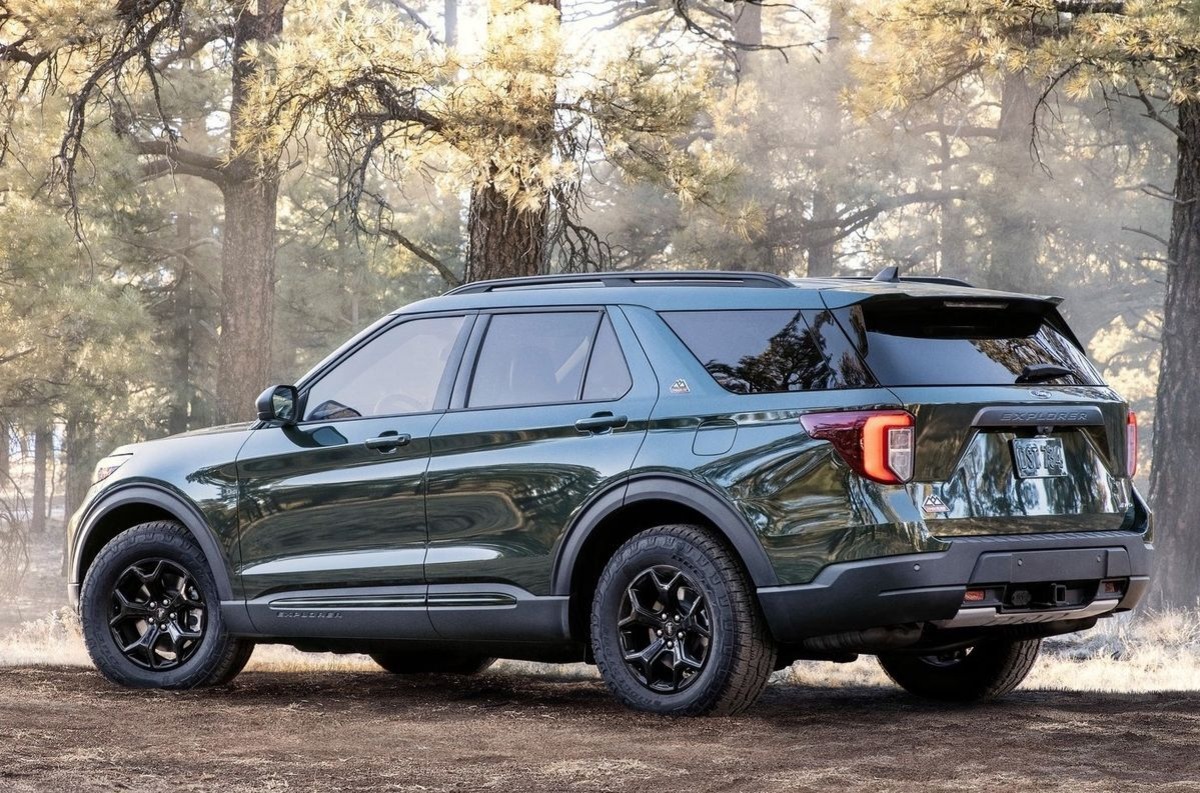
3. Ford Explorer
The Ford Explorer has long been a staple in the midsize SUV category, known for its practicality and versatility. However, when it comes to rear-seat comfort, it fails to offer the same level of refinement or luxury that many buyers expect from a higher-end SUV.
While the Explorer provides a reasonable amount of space in both the second and third rows, the quality of the rear seats often feels lacking. The second-row seats are flat and somewhat stiff, lacking the contouring and plush support that you would find in more premium vehicles.
For rear-seat passengers, this means that even if there is enough room to stretch out, the seating itself doesn’t offer the necessary comfort for longer journeys. The third-row seats, in particular, are cramped, offering limited legroom and an upright, uncomfortable seating position that’s better suited for children or short trips rather than adult passengers.
In addition to the seats’ lack of comfort, the materials used in the rear cabin aren’t as luxurious as those found in competing models. While the Explorer’s rear seats feature leather upholstery in higher trims, it still doesn’t have the plushness or sophistication of materials like fine leather or soft-touch fabrics that you find in luxury competitors.
The ride quality in the Explorer is also not as smooth or controlled as it could be. The rear passengers can feel every bump and imperfection in the road, making the ride experience less comfortable. This is particularly noticeable in the second and third rows, where passengers are more exposed to the roughness of the road.
Furthermore, the Explorer doesn’t offer many of the high-tech amenities found in other SUVs in its class. While some models include rear-seat entertainment and climate controls, these features are not as sophisticated or user-friendly as those in vehicles like the BMW X7 or Audi Q7.
In general, while the Ford Explorer is a solid family vehicle, its rear-seat accommodations can feel more basic and less comfortable than what you’d expect in a luxury SUV, making it less appealing for those who prioritize rear-seat comfort on long drives.
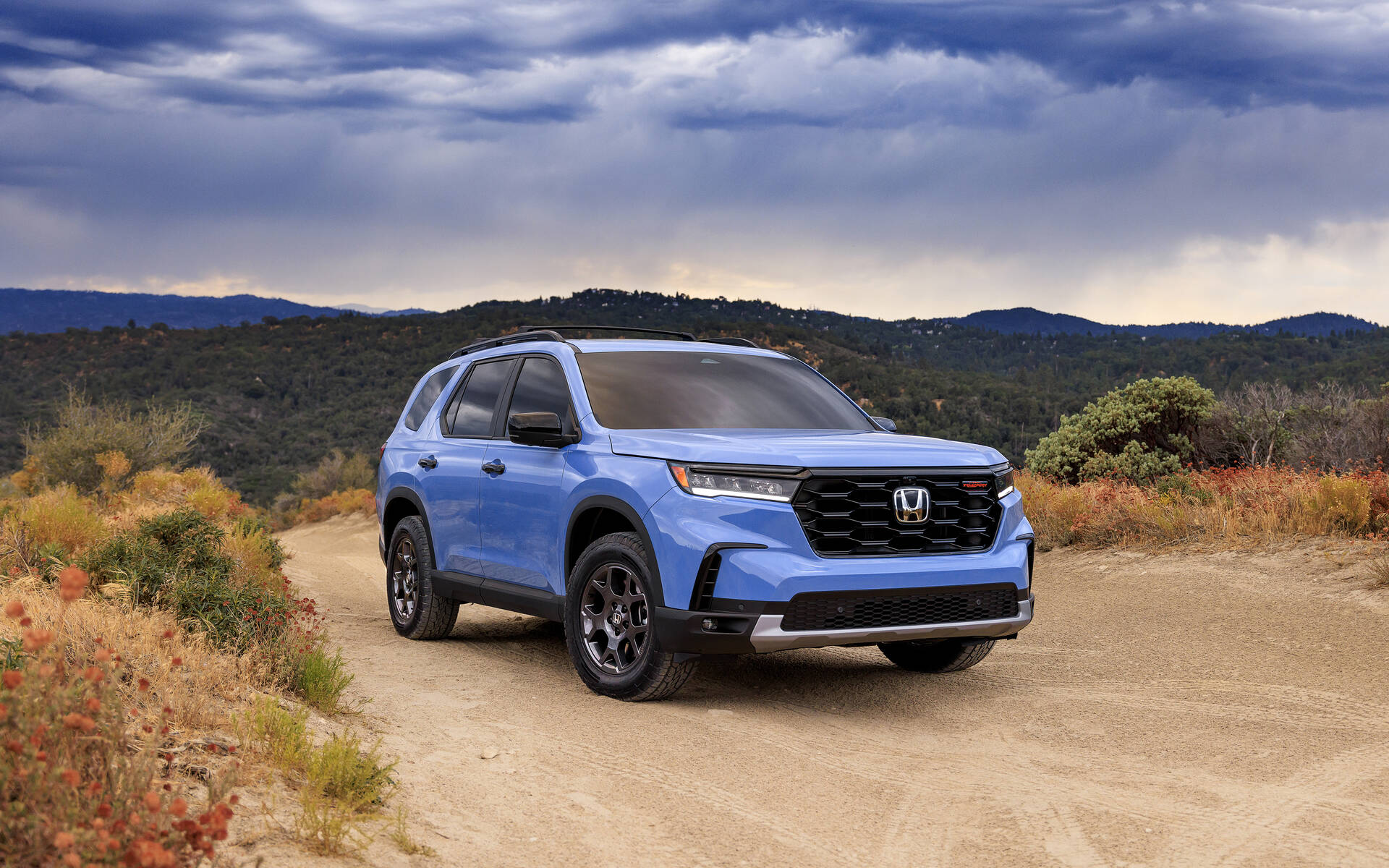
4. Honda Pilot
The Honda Pilot is another midsize SUV that offers three-row seating, but when it comes to rear-seat luxury, it falls short of the mark. While the Pilot is practical for families and offers a decent amount of space in the second and third rows, the rear seats are relatively unremarkable in terms of comfort.
The second-row seats in the Pilot are large enough to accommodate adults, but they’re not as plush or supportive as those in other luxury SUVs. The seats are somewhat firm, and there isn’t much in the way of lumbar support, which can lead to discomfort on long journeys. The lack of rear-seat adjustability means that passengers can’t customize their seating position to suit their preferences, which can be a dealbreaker for those who value flexibility in their seating.
The third-row seats in the Pilot are similarly underwhelming. While they are suitable for children or shorter trips, they don’t offer enough legroom or comfort for adults. The seating position is fairly upright, which can make longer drives uncomfortable for passengers.
When it comes to materials, the Honda Pilot’s rear seats are functional but not luxurious. The cloth upholstery, which is standard on most trims, is durable but doesn’t provide the soft, premium feel you would expect from a higher-end SUV. While leather upholstery is available on higher trims, it still doesn’t provide the level of refinement and luxury found in the rear seats of luxury vehicles like the Mercedes-Benz GLS or BMW X7.
Ride quality also leaves much to be desired in the Pilot. The suspension system isn’t as refined as in some luxury SUVs, meaning rear passengers are more likely to feel the impact of bumps and road imperfections.
The cabin is somewhat noisy, with road and wind noise intruding into the rear-seat area more than in other SUVs. While the Pilot is a reliable and spacious family SUV, its rear-seat accommodations are relatively basic, making it less appealing for those who place a premium on rear-seat comfort and luxury.
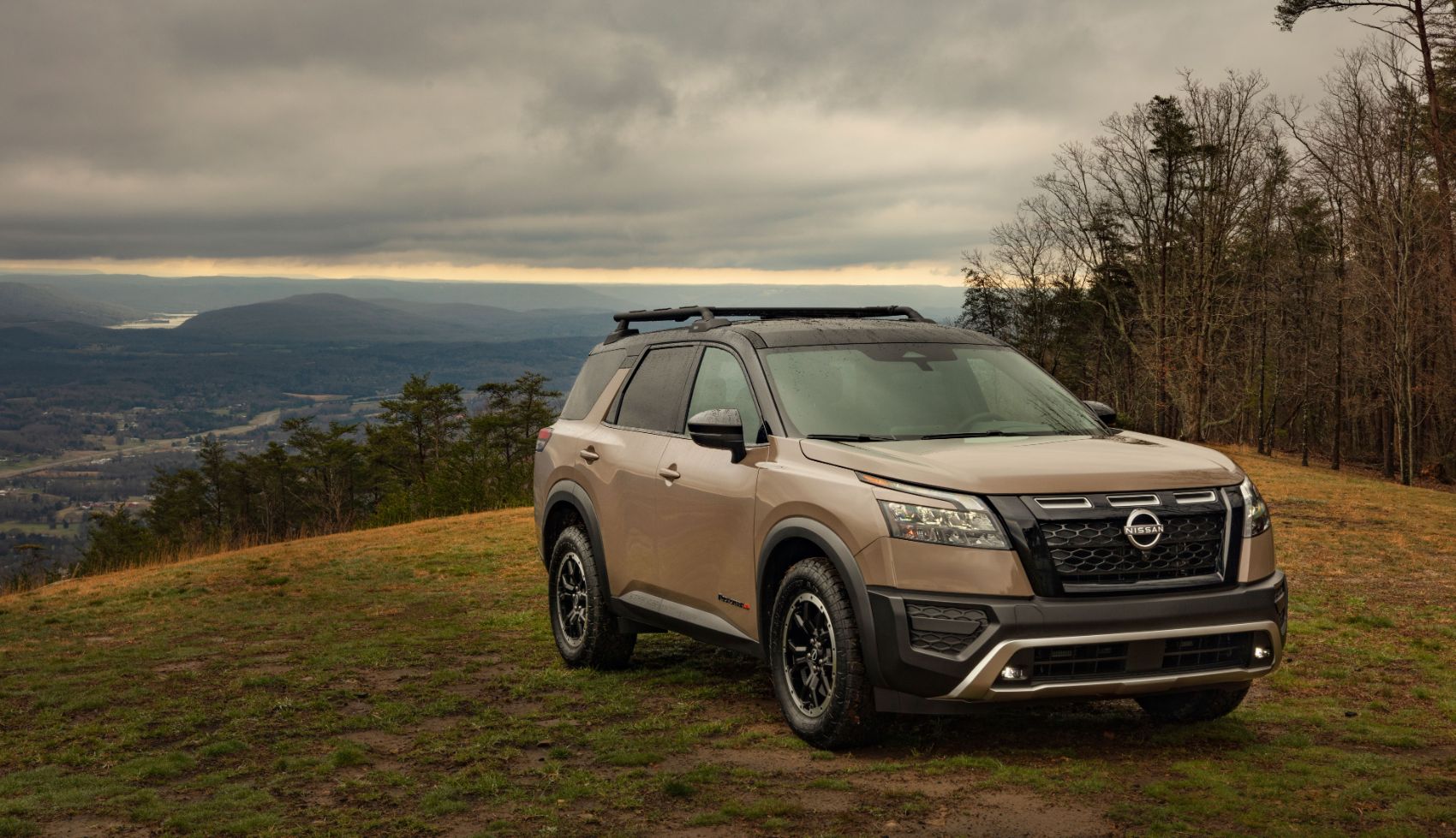
5. Nissan Pathfinder
The Nissan Pathfinder is a three-row SUV that’s popular for its practicality, but its rear seats are among the least impressive in its class. While the Pathfinder offers a significant amount of space for rear passengers, the quality of the seating and the comfort are lacking.
The second-row seats are fairly flat and do not provide the level of support or comfort you would expect from a luxury SUV. While the seats themselves are wide enough to accommodate adults, they don’t offer the plush cushioning or contoured support needed for long road trips. The third-row seats are even less comfortable, with limited legroom and a tight seating position that makes them uncomfortable for anyone over average height.
The materials in the Pathfinder’s rear cabin are also fairly basic. The standard cloth upholstery feels durable but lacks the upscale feel found in more expensive SUVs. While leather upholstery is available on higher trims, it still doesn’t compare to the luxurious materials in competing models.
Furthermore, the rear-seat amenities in the Pathfinder are minimal compared to other SUVs in its class. There is no rear-seat entertainment system or advanced climate controls, which makes the back-row experience feel more utilitarian than luxurious. The ride quality is also a weak point.
While the Pathfinder does offer a relatively smooth ride, the rear seats don’t have the same level of isolation from road imperfections that you get in more refined luxury SUVs. Road noise and vibrations can be more noticeable, which can detract from the comfort of the rear-seat experience.
In summary, while the Nissan Pathfinder is a solid, family-friendly SUV, its rear seats are underwhelming compared to its luxury counterparts. Those who are looking for a more comfortable, luxurious experience in the back row may be disappointed with what the Pathfinder offers, especially on long journeys.
Also Read: 10 Cars With Adjustable Headrests That Don’t Rattle
When selecting an SUV, the importance of rear-seat comfort cannot be overstated. While many SUVs excel in areas like off-road capability, towing capacity, or cutting-edge technology, it’s the rear seats that often define the quality of the passenger experience.
With a growing emphasis on luxury and refinement in the SUV market, consumers are increasingly looking for vehicles that offer not just front-row comfort but also a plush and well-appointed experience for those in the back.
The SUVs featured in this article that excel in rear-seat comfort, such as the Mercedes-Benz GLS-Class, BMW X7, and Audi Q7, set a high standard for what passengers can expect in terms of luxury, space, and advanced features. These models offer spacious, plush rear seats equipped with all the features one might expect from a luxury sedan.
The ride quality, technology, and attention to detail in these vehicles ensure that rear passengers aren’t simply an afterthought but rather an integral part of the driving experience. From massaging seats to advanced climate controls and rear-seat entertainment systems, these SUVs offer a level of comfort that can make even the longest journeys feel like a first-class experience.
On the other hand, the SUVs that fall short in this area—like the Jeep Grand Cherokee, Toyota 4Runner, and Ford Explorer—remind us that not all SUVs are created equal when it comes to passenger comfort. While these models may perform well in other areas, their rear-seat accommodations can leave passengers feeling cramped, uncomfortable, or simply underwhelmed.
Lack of adjustability, subpar materials, and insufficient ride refinement make them less than ideal for anyone who values a premium rear-seat experience. For long trips or family vacations, these SUVs might not provide the comfort levels that many consumers expect, especially when compared to their luxury counterparts.
Ultimately, when choosing an SUV, it’s important to balance factors like performance, reliability, and comfort. While performance-oriented models or those built for rugged terrain may not offer the best rear-seat experience, models designed with luxury and family comfort in mind can turn every ride into a serene and enjoyable experience.
SUVs with exceptional rear-seat accommodations are redefining what it means to travel in luxury, offering a level of comfort that rivals, and in many cases, surpasses that of traditional luxury sedans.
In conclusion, whether you’re seeking the most comfortable ride for family trips, long road journeys, or simply an upgrade in terms of luxury, focusing on the rear-seat experience is crucial. By considering the best and worst SUVs in terms of rear-seat comfort, you can ensure that your next vehicle offers not only an exceptional driving experience but also a truly luxurious ride for all passengers.

